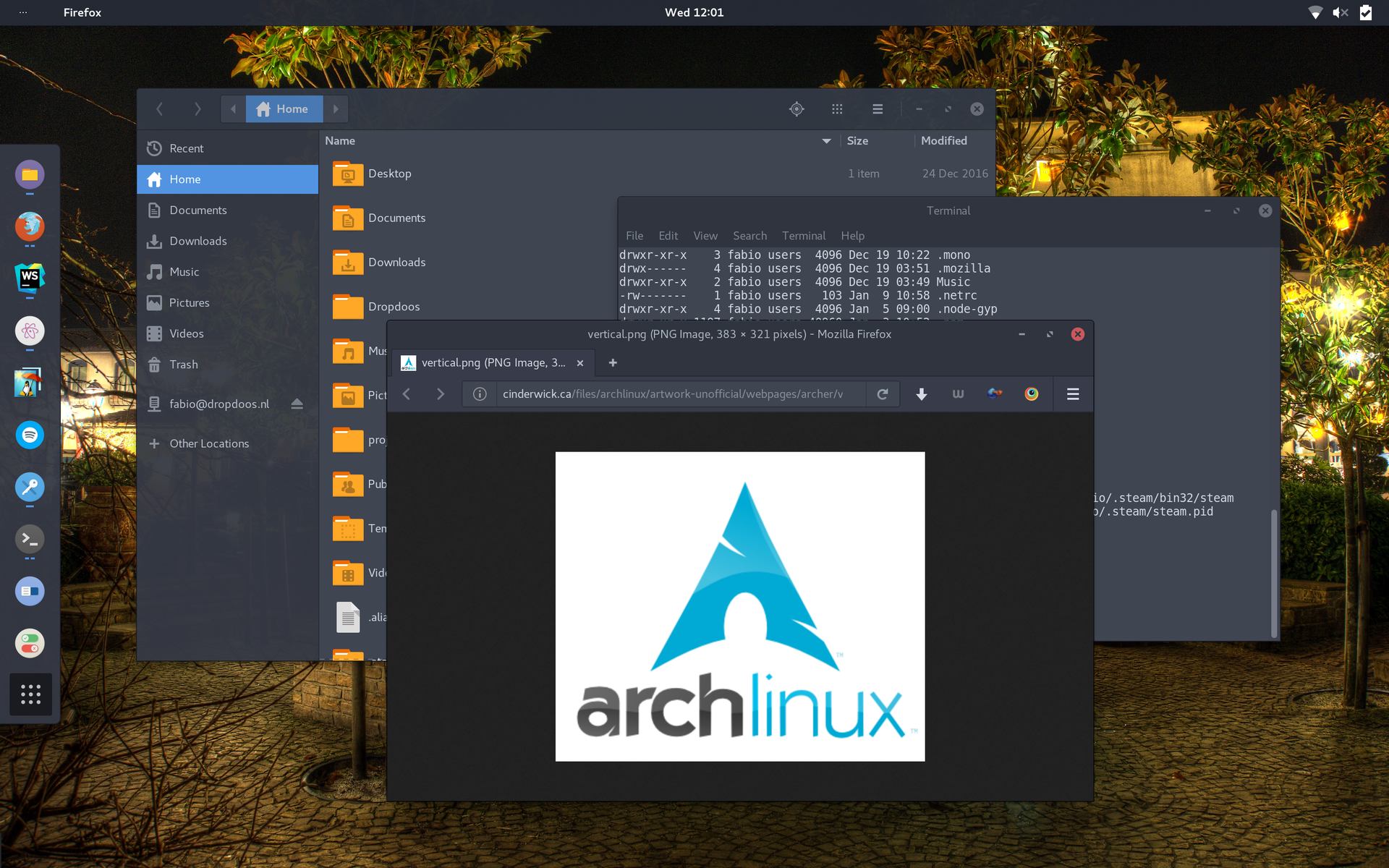


Importantly, place your public key at a publicly accessible URL so that when you sign a file with your private key, it can be verified by reading the public key at that URL. Keep the former private, and share the latter far-and-wide. All finished! You now have two files: aletheia.pem (your private key ) and aletheia.pub (your public key ). Generate your public/private key pair $ aletheia generate Generating private/public key pair. This package comes with a simple command-line program that does everything you
#EXIFTOOL ARCH LINUX INSTALL#
Linux distributions: Debian Linux and other derivatives like Ubuntu & Mint $ sudo apt install libimage-exiftool-perl Arch Linux $ sudo pacman -S perl-image-exiftool Gentoo Linux $ sudo emerge exiftool InstallationĪs this is a Python package, use pip: $ pip install aletheia Command Line ProcessĪletheia makes us of the excellent Exiftool program which is available in most Write geotag information to image(s) then writes the position data to the image files ( Figure 2).A Python implementation of Aletheia. Geosync time lets you compensate for the time offset between the camera and tracker as described above. Then load a file with the track data in a format that can be interpreted by ExifTool in the GPS log file field. To do this, either load a folder with images in advance or use the currently loaded images. Geodata from external tracks can be added to the images in the Geotagging tab. Open gives you an additional option for defining an image's coordinates via the web browser. Then select the target images and transfer the buffer's contents by selecting Save to selected image(s). To do this, first select the source image and copy the data to the buffer with Copy from selected image. The gps tab lets you manually transfer the location data of one image to several others. In particular, the Keywords tag is accessible here you can enter several keywords separated by commas. The tags summarized here let you describe the subject, not the image's technical properties. The xmp tab is used for editing XMP tags. Using the first tab, Exif, you can load the standard EXIF tags from one image onto the clipboard and then transfer them to all selected images. The Edit Data tab has seven categories that give you direct access to the data. The By Group and By Camera options have similar effects.Įditing EXIF tags is one of jExifToolGUI's main focuses. Many images do not actually contain information in all groups, so the output remains empty. You can limit output with the Common Tags button, which limits the information accordingly in the field to the right. Usually this results in far too much information, so it is often more useful to limit the output to certain groups. When you start, the View Data tab is active: In the right-hand pane, with the All button selected, jExifToolGUI shows you all output generated by ExifTool when you call it with a file name and without options. The Exiftool Database tab helps you search for tags. In Your Commands, you can define and execute your own ExifTool command lines. View Data only displays an image's data, Edit Data lets you edit some of the data, and Copy Data supports transferring data between images. The five tabs on the right side of the program window organize jExifToolGUI's actions. A double-click on a file name or a thumbnail opens the image in a display program of your choice.įigure 1: jExifToolGUI presents the images and their EXIF tags in a clear and concise way.

To view the embedded preview in RAW files, jExifToolGUI requires the dcraw command-line program. The Load Directory and Load Image buttons open images. The jExifToolGUI interface ( Figure 1) is fairly easy to use. The features described here are as of Version 1.4. Please note that jExifToolGUI's developer, Harry van der Wolf, has been rapidly implementing many new features during 2020. The universal JAR should launch on all platforms.
#EXIFTOOL ARCH LINUX ARCHIVE#
The developer provides a Debian package, an AppImage, and a JAR archive with the current version.


 0 kommentar(er)
0 kommentar(er)
